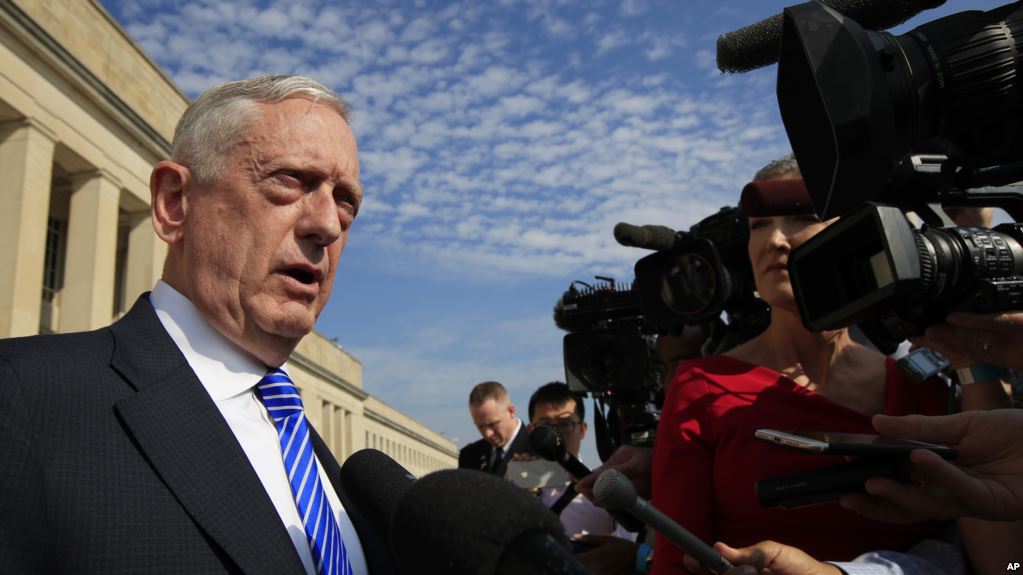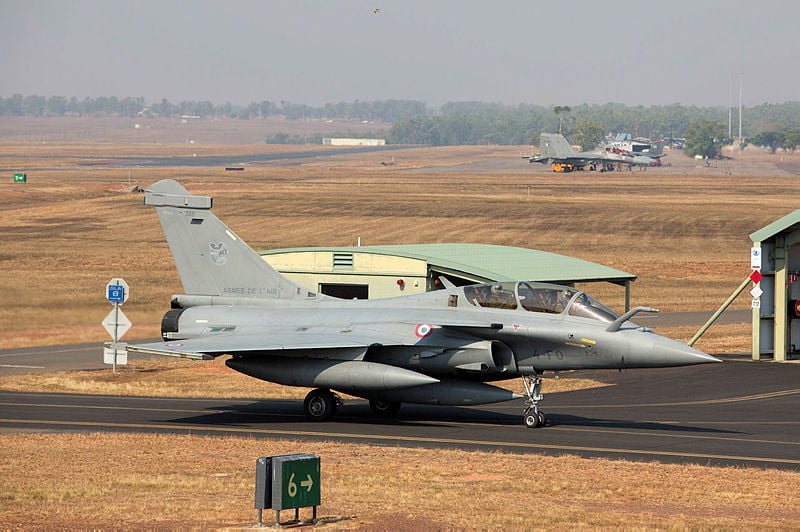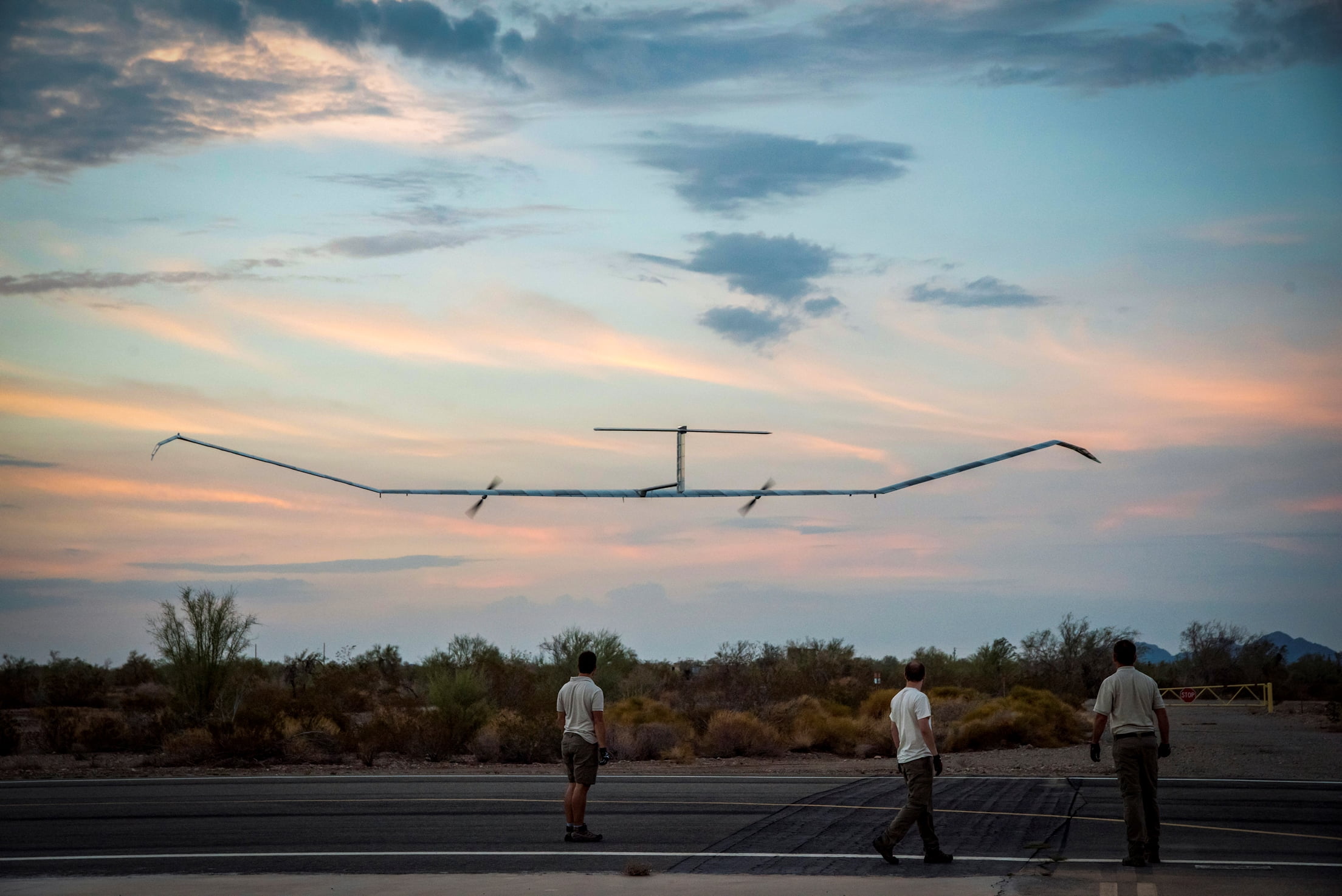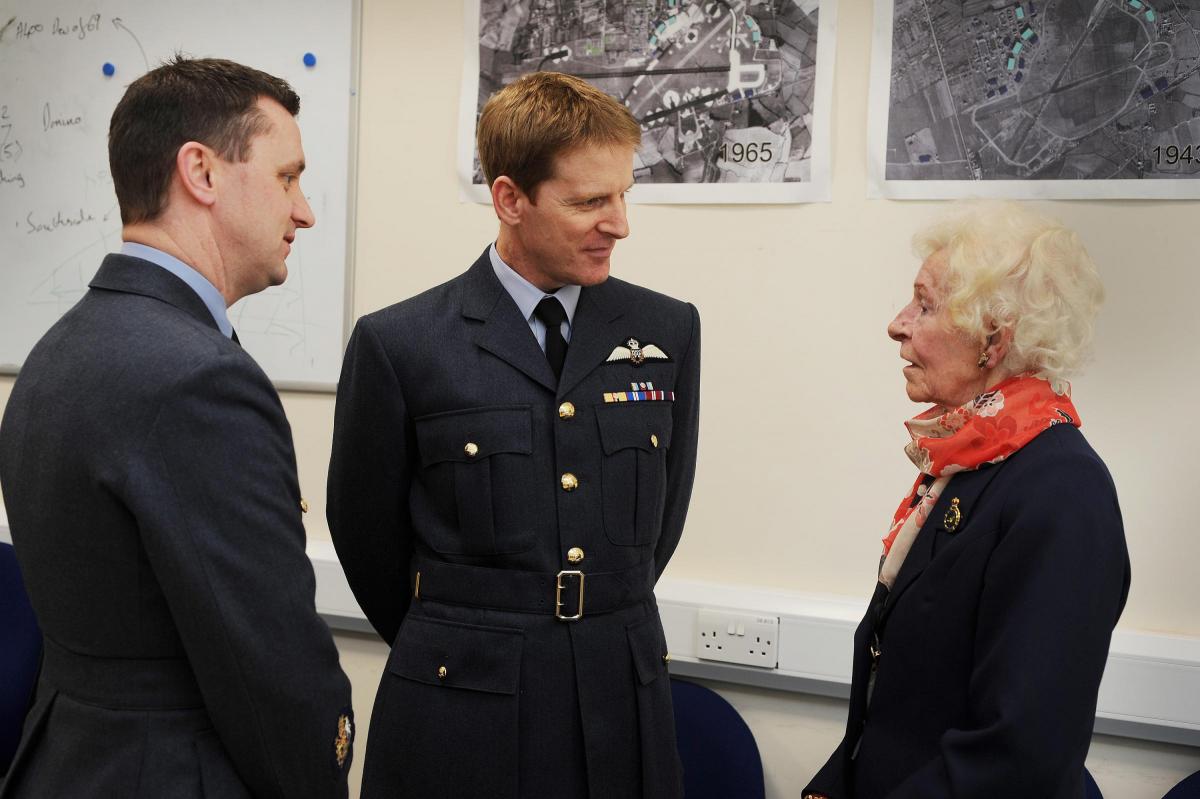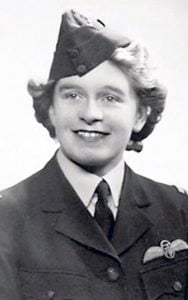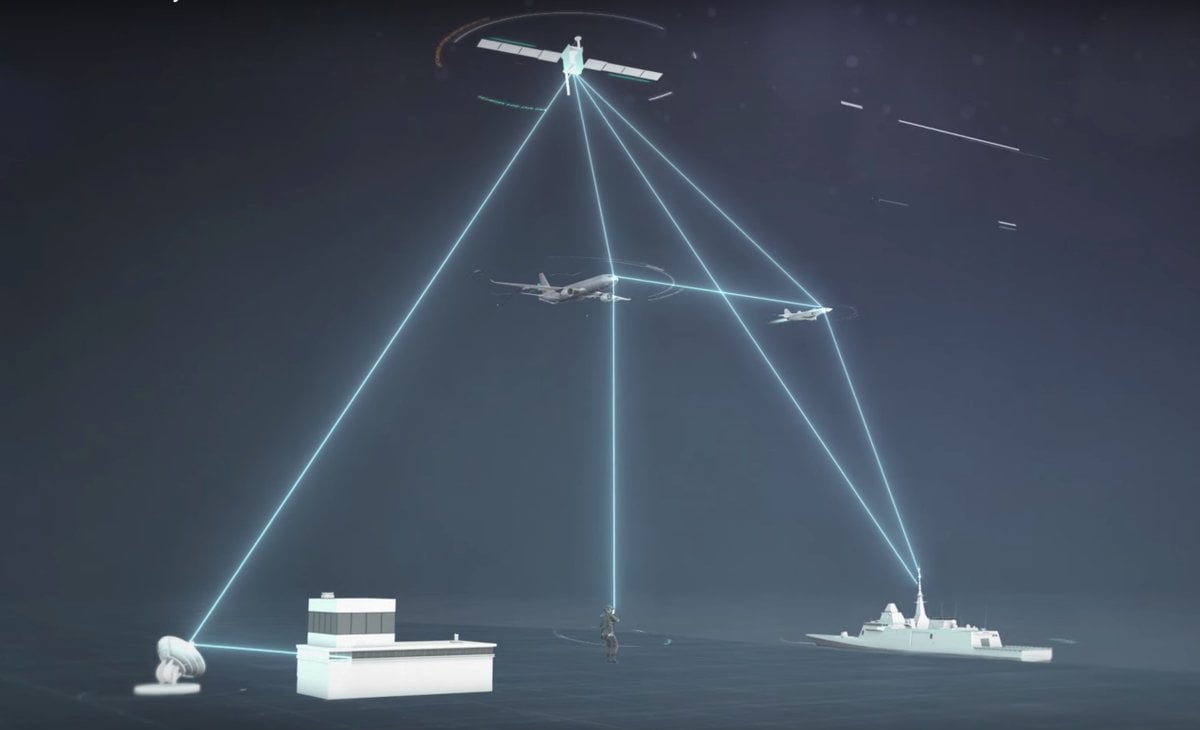Although most of the press attention to the Future Combat Air System has focused on the possibility of a new European fighter, if the FCAS is looked at as a template rather than a platform program, it is clear that Airbus Defence and Space is forging ahead.
The focus is upon working with the platforms they have developed and supporting but shaping ways to rework how these platforms can operate more effectively together as concepts of operations shift in the period ahead.
As the French Defense Procurement Agency or DGA put it with regard to FCAS:
“[The FCAS] will be a system of systems, with various networked platforms. There will not be one plane, but a mixed wing of piloted planes, reconnaissance drones or strike drones, hypersonic missiles and somewhere an AWACS or the successor of the AWACS.”
A4_Brochure_V5_Final
A recent article by Sandra Erwin of Space News highlighted the Airbus Defence and Space approach as seen in the “Network in the Sky” program.
A cyber-secure network of air, space and ground communications systems that delivers huge amounts of bandwidth anywhere in the world has been a long and frustrating pursuit of the U.S. military.
Defense contractors for years have floated ideas for how to build the elusive “combat cloud” bringing together the latest and greatest communications technology. But the challenge has been tougher than imagined.
Airbus says it is a few steps closer to making it happen.
I sat down last week with David Kingdon Jones of Airbus Defense and Space at the Farnborough International Airshow outside London. He oversees a project called “Network for the Sky” that combines military and commercial technologies to form a single global mesh network. This would allow aircraft and other platforms to be part of a high-speed connected battle space.
TURNING CONCEPT TO REALITY
It’s a complex project, and it’s important to separate aspiration from actuality, Kingdon Jones warned. The idea is to offer the same seamless experience that people have with their cellphone when it switches from one network to another or from 4G to Wi-Fi without realizing it, “but with the reliability and cybersecurity standards of military communications.”
Obviously this will not happen overnight but some of the pieces are starting to come together. An early version of a “combat cloud” that is interoperable between aircraft, satellites, command centers and units on the ground or at sea is being tested in Spain from an Airbus tanker aircraft.
HOW THIS THIS IDEA COME ABOUT
As the prime contractor for the U.K. military’s Skynet communications satellites, Airbus heard from officers in the field about their desire for more capable networks and information systems. “We need aircraft to be able to talk to each other, manage huge amounts of data,” said Kingdon Jones. “We won’t get there in one jump, or it would have been done already.”
The “proof of concept” is running on an A330 multi-role tanker transport. The first full version of the network in the sky will be completed by the end of 2020. “Then you have to keep going for years,” he said.
A network that connects the entire battle space will happen “incrementally.” David Kingdon Jones, program manager, Airbus Defense and Space says:
“The A330 tanker has links to combat aircraft, connectivity to satellite links and the ability to relay information to piloted aircraft, drones and land forces. Airbus wants to work with all commercial satcom operators “whether they’re doing pure bandwidth services or managed services,” he said. “You have to be flexible. And a lot of industrial partnering is needed.”
Will users have to buy new terminals to use this network?
“It remains to be seen, said Kingdon Jones. “We’re trying to reuse legacy equipment as much as possible. And we’re interested in providing an interface into the rest of the network.”
“The system will be offered to all NATO countries. The only user so far is the U.K. Ministry of Defence but there is still no “program of record.”
The future of this network, like everything else in the defense business, depends on militaries making financial commitments for the long haul.
From the Space News Weekly Newsletter dated July 24, 2018.
An additional story by Angus Batey published by Aviation Week also highlighted the approach:
An ambitious secure communications network solution dubbed Network for the Sky has been launched by Airbus Defense & Space. NftS is a modular system-of-systems, incorporating both new and extant equipment with service and support.
The end goal is to enable customers to realize full, secure and seamless data exchange between different nodes in the network, regardless of whether they are on the ground or onboard aircraft, spacecraft or ships.
“There’s demand in the customer world for this vision of the connected battle space, and some increasingly sophisticated requirements,” says David Kingdon Jones, head of NftS at Airbus D&S. “Within Airbus we’ve got the real capabilities of the end-to-end aircraft building and support, and also satellite capabilities and secure military satcom. We put a program together in response to that customer demand, and that is Network for the Sky.”
NftS has been designed both to be built in to new programs from an early stage – Kingdon Jones notes that the project is aligned with the FCAS (future combat air system) collaboration announced earlier this year with Dassault – and to be easily applied to platforms and networks already in service.
“Network for the Sky is a modular, end-to-end communications solution, with elements that customers can buy all of or some of,” he says. “We use our integration skills to [fill] gaps that they’ve got with either services or systems that we bring to them.”
The “four pillars” of NftS are airborne equipment, such as modems and satcom antennae fielded onboard aircraft; airborne communications, such as Ka-band capacity from the Skynet satellite constellation, or the SpaceDataHighway, a future capability that will use laser connectivity to provide high-speed broadband; network services; and support services. The challenge is not just linking everything together coherently, but ensuring it remains an effective and compelling product over time.
This clearly is a foundation element for what Airbus Defence and Space refers to as FCAS.
Airbus Defence and Space described its “network in the sky” approach as follows:
Network for the Sky (NFTS) securely and reliably connects all your airborne assets together with the rest of your operations, giving you the communications superiority to execute the mission more efficiently and effectively. Delivering as one.
It operates over a mix of technologies to form one resilient, high-speed global network that supports the most advanced applications. It allows all mission participants – including joint and coalition forces – to communicate during the entire mission, giving you enhanced situational awareness for faster, better decision-making and rapid response through more synchronised operations.
Network for the Sky is a solution from Airbus. We have unequalled breath of experience in aircraft, airborne communications systems and services – and bringing it all together into highly secure end-to-end solutions trusted by military and government customers.
And the Airbus press release at Farnbourgh dated July 13, 2018 further discussed the approach:
“Network for the Sky aims to offer the same seamless experience that people have with their mobile phone when it switches from one network to another or from 4G to Wi-Fi without realising it, but with the reliability and cybersecurity standards of military communications,” said David Kingdon-Jones, Head of NFTS at Airbus Defence and Space. “The difference is that, in the sky, it is not only the users who are mobile, but also the network, since aircraft themselves constitute the nodes of that network. Given their speed, two aircraft may only have a few seconds to exchange information that is critical for the mission.”
Today, individual aircraft, unmanned aerial vehicles (UAVs) and helicopters continue to operate on separate networks with limited interoperability between them and often little resilience. Their bandwidth is also usually insufficient for transferring large volumes of data. For example, on combat aircraft, Link 16 and UHF/VHF communication systems offer data rates of only a few kbit/s which is basically suited to voice communications and the exchange of position coordinates.
NFTS will integrate various technologies, such as satellite links with geostationary, medium and low Earth orbit constellations, tactical air-to-ground, ground-to-air and air-to-air links, voice links, 5G mobile communication cells and laser connections, into a single global secure network.
This intelligent network can be reconfigured at any time and prioritises exchanges based on data flows, mission objectives and available bandwidth on the different links.
The management of end-to-end, seamless connectivity will thus be transparent to users.
NFTS will also see the rollout of a new generation of communication terminals and antennas that can be perfectly integrated into the fuselage, capable of managing different frequency bands and remaining connected despite rapid manoeuvres by the aircraft.
Providing connectivity for the entire duration of air missions, the network will enable information superiority and extend the multi-mission capabilities of aircraft. Mission aircraft will be able to share in real-time applications and data stored on board via a combat cloud. It will be possible to re-task in-flight combat aircraft and helicopters from the ground by uploading updated mission plans, for example to strike targets of opportunity. It will also be possible to operate fleets of tactical UAVs in swarms. High-altitude platforms, such as Zephyr, will create permanent communication cells of several hundred kilometres in diameter in order to relay aircraft communications via Airbus’ SpaceDataHighway laser links.
NFTS is offered as a modular, end-to-end solution, with the first phase already available. This involves standardising the use of high-speed satellite connectivity on aircraft from this point onward thanks to a range of antennas which have the capability to switch from one satellite beam to another in-flight. Thus the V/UHF radio links and L16 can be extended via a satellite communication relay from a few hundred kilometres to thousands of kilometres.
Network for the Sky is the foundation for the connected airborne battlespace, with the objective to offer a full operational capability by 2020. The NFTS programme is part of Airbus’ Future Air Power project and is fully aligned with the development of the European Future Combat Air System (FCAS).


